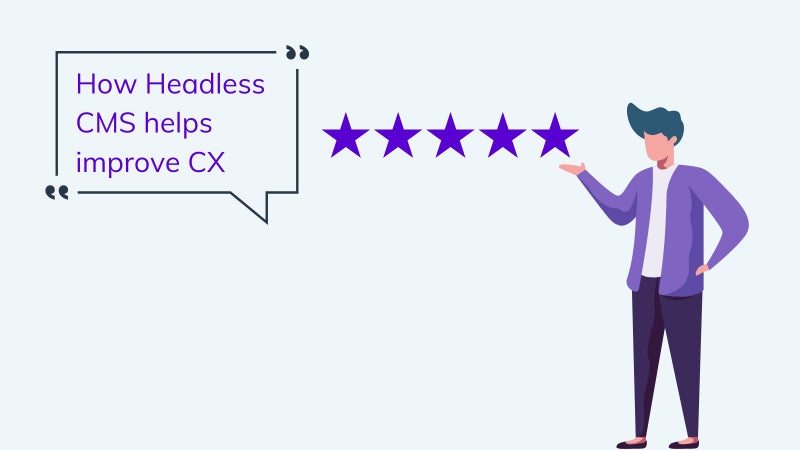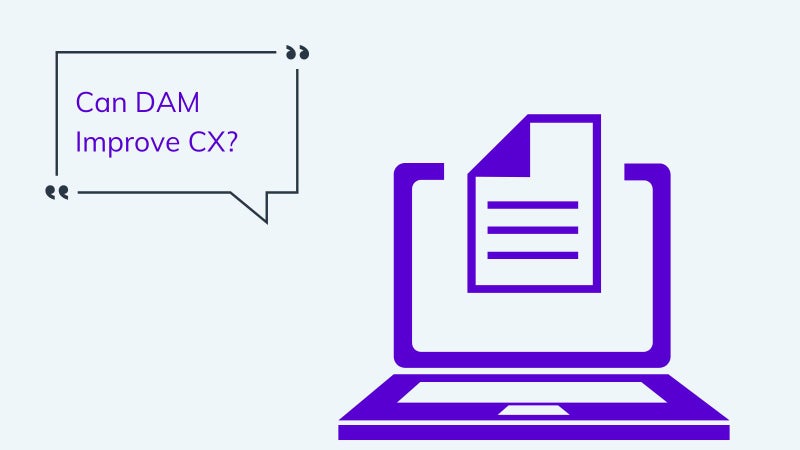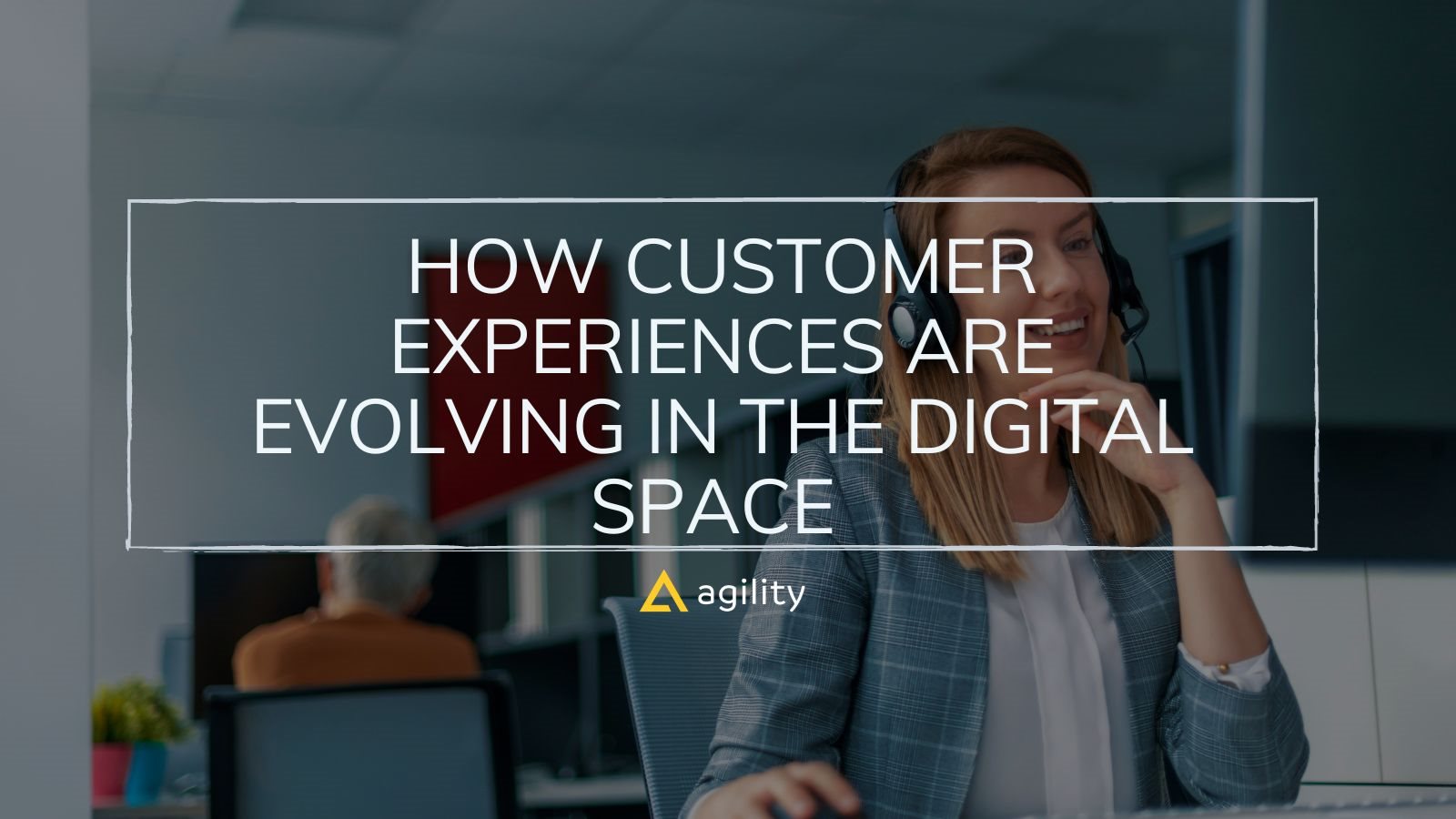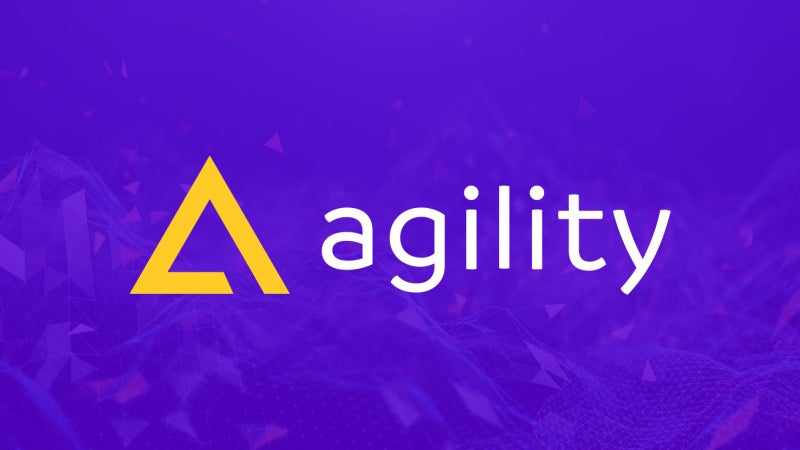The needs of customers are changing quickly in the digital era. Brands concentrated on fixing technical flaws and removing complexity from online portals when the pandemic forced businesses to finish their digital transformation. For companies, a flawless digital experience is a prerequisite. No matter where the touchpoint touchpoint touchpoint is located, 90 percent of customers desire a smooth experience.
Online firms need to upgrade their digital customer experience journeys to prioritize individualized experiences if they want to acquire a meaningful strategic advantage in today's market. The following "must-have" for a great digital customer experience that will determine 2022 and 2023 is customization. Seventy-three percent of companies have boosted their attempts to personalize digital customer experiences over the previous two years.
A Definition of Digital Customer Experience
The portion of your CX process that interacts with online platforms like mobile and desktop, as well as digitally-mediated interactions like native apps and social media activity, is known as the digital customer experience (CX). It encompasses voice-activated gadgets and other digitally connected surroundings like the Internet of Things.
Ultimately, it's a digital engagement wherever your customers interact with your business online.
In the latest survey, over 65% of customers stated that their interaction on the webpage or software would be at least a crucial factor in their reluctance to suggest a brand.
This underscores the importance of knowing your digital touchpoints and how they significantly impact consumer perception and brand image.
Our research identifies three essential components for a positive digital consumer experience.
Effort: Was the procedure simple and faster?
Emotions: Did they experience well after their interaction?
Success: Has the client completed their task and met their objectives?
More than just providing excellent customer service is needed to create a wonderful digital customer experience for your company.
Considerations like knowing your clients, making longer-term investments in relationships, and offering individualized interactions across the client journey are crucial.
No one framework should be used to create a positive user experience. Customers and businesses of every kind are distinctive.
Today's organizations must identify the appropriate digital tools to foster brand loyalty, generate revenue, and create pleasant digital customer experiences.
Digital customer experience trends
Many customers experienced hardship in 2021 and are looking for the companies they have remained loyal to stand by them and make 2022 considerably better.
The great news is that, according to Forrester's forecast, 25% of organizations will significantly improve the caliber of their customer digital experiences by 2022.
By focusing on following critical digital customer experience trends, you can improve your digital customer experience.
Creating a habit loop
Habits primarily govern human behavior; after all, we are what we continually do. Our habits greatly influence our interactions with one another and with brands.
Social media and smartphones are excellent instances of habit loop creation. The cue is when a phone pings to indicate a new notification, the routine entails taking out a mobile the notice, and the reward is finding a fresh note from a contact or a new message on social media.
Customers will be interested in how you manage their needs.
The way that a customer receives something is just as important as what they receive. Customers are paying closer attention to how a business fulfills its promises and empathizing with those letting them in on the process by which things are done.
What to do:
Take your clients behind the scenes to see a typical day at your business. Many brands have hired influencers to temporarily "take over" their newsfeeds. The same thing is possible when it comes to your staff.
Chatbots will aid customer service.
The corporate world is increasingly being influenced by artificial intelligence. Chatbots have an even more significant impact on the digital consumer experience than the many businesses that already employ bots for sales and marketing automation.
AI chatbots enable brands to grow their response on up to 70% of their FAQs, where reply and solution time is king. For brands that follow this trend, AI will be a game-changer for a smooth digital customer experience.
What to do:
Organizations like Drift and Intercom are developing chatbots to assist businesses in various ways. They give customers a simple approach to finding solutions to their issues more rapidly.
For instance, you may link your chatbot to your website's FAQ or knowledge base. When visitors arrive at your website, they will see the chatbot on the home page, which can offer suggestions for how to assist them.
Increased focus on privacy
Customers are eager to share their data with businesses as long as they are confident it will be protected and used solely for legitimate purposes, such as delivering more pertinent content.
In 2021, privacy and the use of data by brands will receive more attention. In the future, how businesses manage customer data will be influenced by laws and regulations that are important for an excellent digital customer experience.
What to do:
Keep abreast of the evolving rules and regulations governing data privacy and protection, and ensure your business is adhering to the requirements.
Websites & CX

Previously, desktop websites were considered to be "digital." But things are different now.
For the first time in 2016, internet usage on tablets and mobile apps surpassed that on desktops. Furthermore, 82 percent of buyers use mobile devices to research products before purchasing.
Consumers increasingly use digital channels for help, with web or mobile self-service support usage outpacing phone calls to agents.
Your Digital Customer Experience program needs to have an omnichannel attitude more than ever. Consumers switch channels to obtain information, make purchases, and address issues.
To ensure that consumer interactions are seamless and unified across channels, brands must eliminate internal silos.
Businesses lose up to $4.7 trillion annually due to experiences that fall short of expectations. Many customers think experiences might improve significantly once you focus on digital transformation customer experience.
The end-to-end journey that firms offer hasn't kept up as more and more clients take a multichannel strategy.
27% of customers want a substantial change in the purchasing process, while 29% want to see significant improvements to the online tools that firms offer.
Importance of Headless Digital experience
The quantity of digital channels currently available from a management standpoint appears overwhelming, as does the pace at which users switch between platforms and channels in a single journey.
Customers frequently switch channels from awareness to decision to purchase, complicating customer journeys.
However, the distinction between physical and online, owned or non-owned, branding and eCommerce is irrelevant to the customer and is not at all confusing to them.
The client expects to be able to go wherever their work or objective takes them, which drives the customer journey.
The key to creating an omnichannel experience is adopting a customer-centric perspective and viewing shifting between touchpoints and channels as incidental to user requirements and aspirations.
Customers that engage across several channels are the most important to enterprises, and seamless experiences benefit both customers and enterprises. A Harvard Business Review study found that multichannel customers are more valued.
According to research by Harvard Business Review, consumers who engage across various channels spend an additional 4% in-store and 10% online.
Additionally, they are more likely to remain. According to research, corporations with the most effective omnichannel customer interaction strategies keep 89% on average of their consumers as opposed to 33% of businesses with subpar strategies.
Digital asset management for customer experience
Almost every company move you make should have your clients' best interests in mind.
Why? Because maintaining customer satisfaction is far more profitable than seeking and acquiring new clients.
In fact, according to HubSpot, a just 5% boost in client retention may result in a 25% boost in earnings.
After reading that statistic alone, you should be frantically looking for methods to enhance your customers' experiences.
There are various ways to enhance customer satisfaction within your company, including improving your brick-and-mortar stores, making online purchasing simpler, offering quick and convenient customer service, and rewarding devoted clients.
Utilizing Digital Asset Management for customer experience is another less well-known but very effective strategy.

Let's examine how Digital Asset Management for customer experience might help you keep more customers and enhance their entire experience.
Digital asset management for customer experience is a crucial tool for "pure" marketing efforts and for digital marketers who want to provide linked expertise.
It can be used as a guide for Freelance content writers, designers, and other creatives to guarantee consistency throughout all assets.
No matter how they have changed, the main factors that influence DAM investment have essentially remained the same:
- Consistency of Brand
- Reduce time to market
- Limit the cost of production
- Lower the risk of rights infringement
- Seamless integration into personalized marketing operations
Digital asset management for customer experience is no longer merely an asset library. A DAM can play a new function as AI and machine learning become more prevalent.
In reality, experiences should be automatically curated and powered by intelligent DAMs.
Agility CMS: A unique headless CMS for businesses
Enterprise businesses must be quick and adaptable. Agility CMS is the best headless CMS for the enterprise because it has all these features. In addition to providing a superior alternative to monolithic CMS, Agility CMS differs from all other headless CMSs.
Benefits of Agility CMS
Fast and flexible development: With the Agility CMS platform, developers may create anything they want by utilizing its Sync SDK, REST, or GraphQL API. There are countless options as Agility CMS is even suitable with your DevOps workflow.
Familiar authoring tools: This Single unified CMSs may have given advertisers user-friendly capabilities they're reluctant to sacrifice. Thanks to Agility CMS, they can quickly get up to full speed and take charge of their content.
Page management: It is simple to deal with content pages and complete tasks without developer support, thanks to Agility CMS's page management feature. Editors can also use the built-in SEO features to optimize text. Additionally, editors can easily create the content for each page using page modules.
Enterprise security: Enterprises also require the best in security. Data encryption, enterprise SSO, SOC 2 Type II compliance, and multi-factor authentication are all aspects of Agility CMS to prevent malware and other cybersecurity threats.
Using Cloudinary and Agility CMS can easily search for Cloudinary resources like Images and Videos with content in Agility CMS integration.
What is Cloudinary?

An excellent solution to help you utilize the maximum capability of your online media is Cloudinary. Your photographs can be improved, changed, and combined to provide wonderful digital experiences.
High-quality adaptable videos can be uploaded and streamed from your website.
For mobile applications and Websites, it is a complete image and video management system that handles everything from picture and video uploads through storage, processing, and delivery.
The Cloudinary APIs enable media delivery over HTTP or HTTPS and are thoroughly authenticated and encrypted. The API also provides a JSON response at a "notification URL" that you choose that contains all asset data.
Cloudinary scans its APIs and web-based applications for flaws using third-party intrusion testing.
Benefits of using Cloundry integration with Agility
- You may avoid duplicating your assets by connecting Cloudinary assets to content in Agility to reduce the time to publish.
- Whether you are using Agility CMS or Cloudinary, you can work with a unified Cloudinary administrative UI to meet your goal of digital asset management for customer experience.
- Your assets' singular source of reality. Oversee a single DAM for all your digital platforms to Eliminate Content Silos.
Conclusion
Companies are compelled to consider developing a digital reinvention strategy seriously. Organizations have the chance to interact with modern consumers and meet their demand for a headless digital transformation customer experience across all channels and locations thanks to digital transformation.
In the rapidly growing economy, digital is a primary arena of conflict, offering great potential to those who can entertain. In the subsequent years, there will be more channels and options for engaging customers online, making your CX digital transformation essential to your continued success.
X-data and O-data are essential during the constant transformation of digital transformation customer experience. Understanding how and why clients choose to interact with you will assist you in personalizing your service and addressing problems as they arise. In the end, a robust digital consumer experience has always been about personalization and speed.





